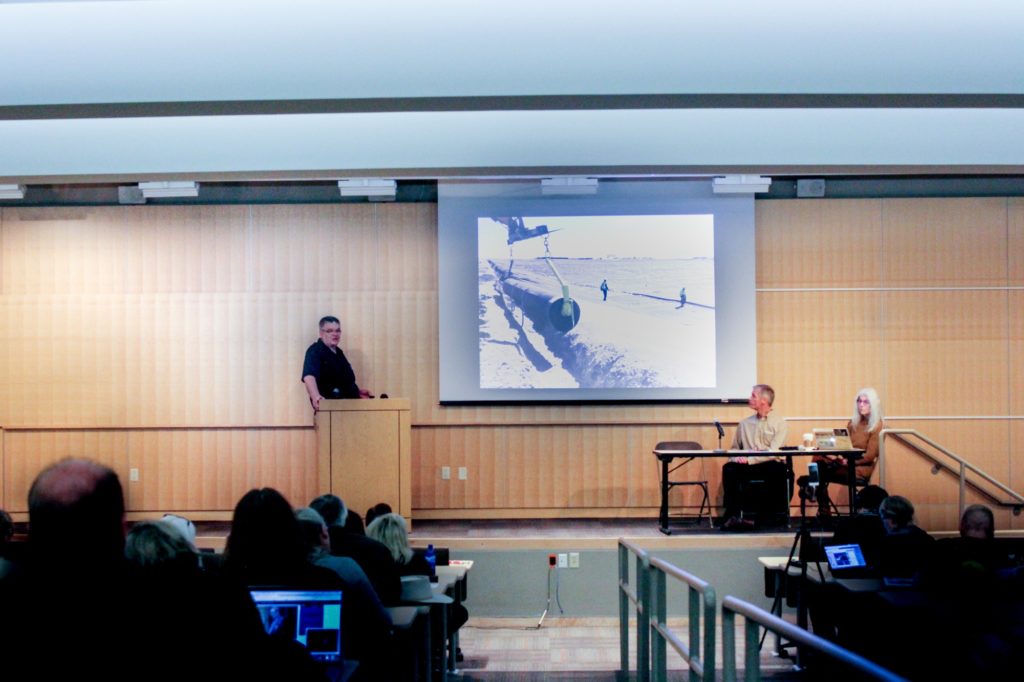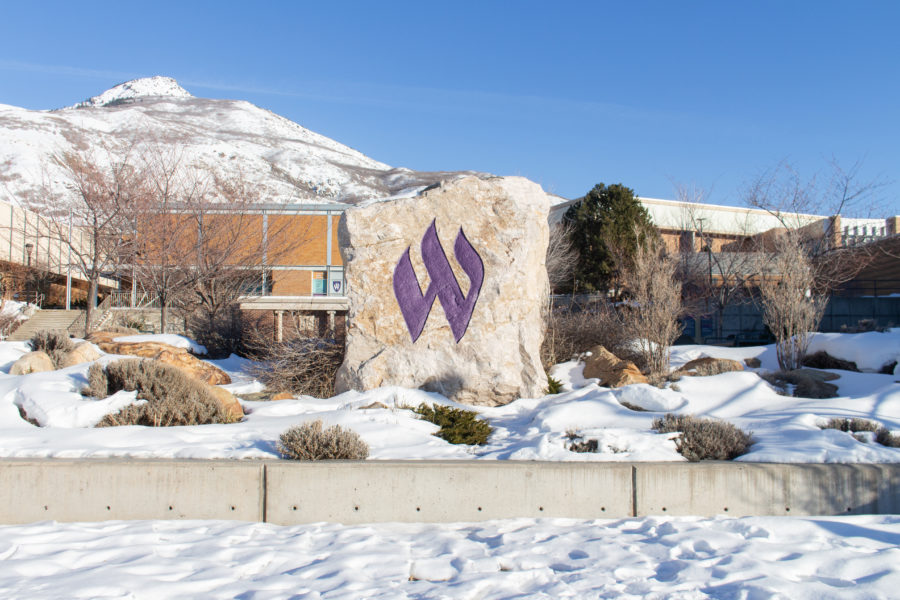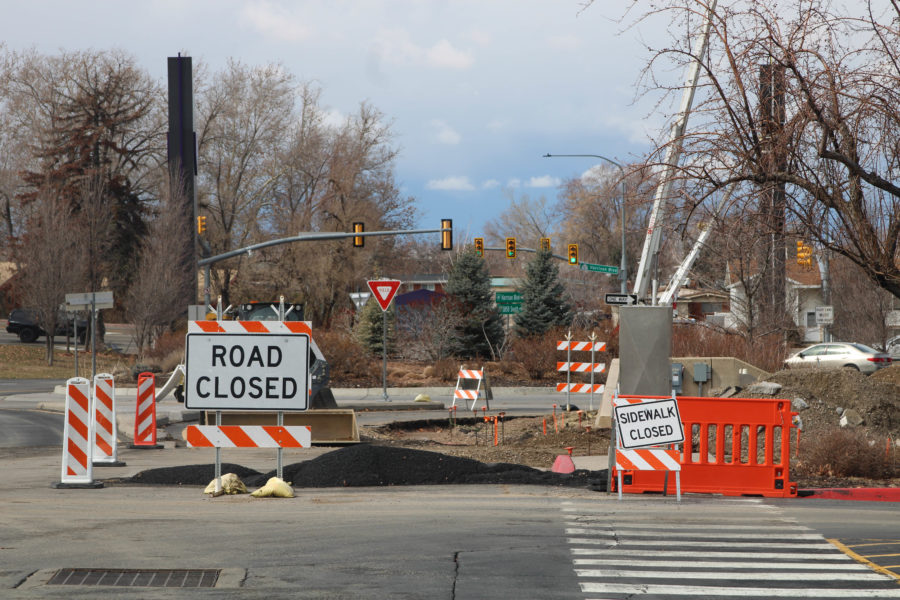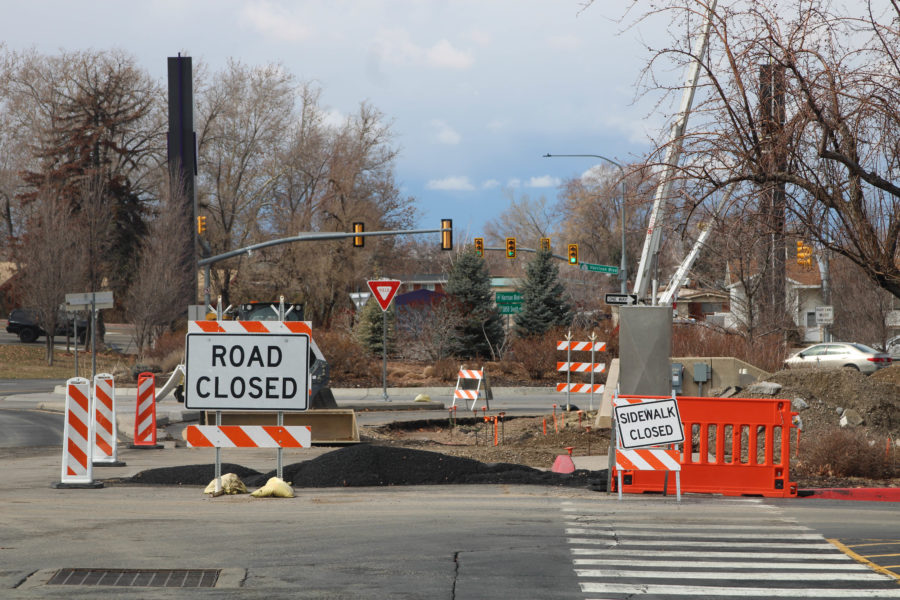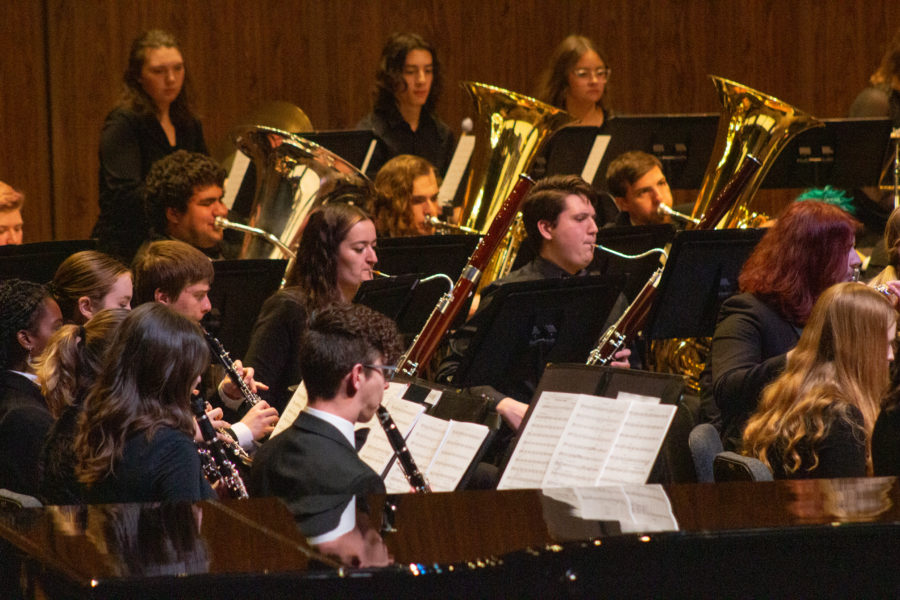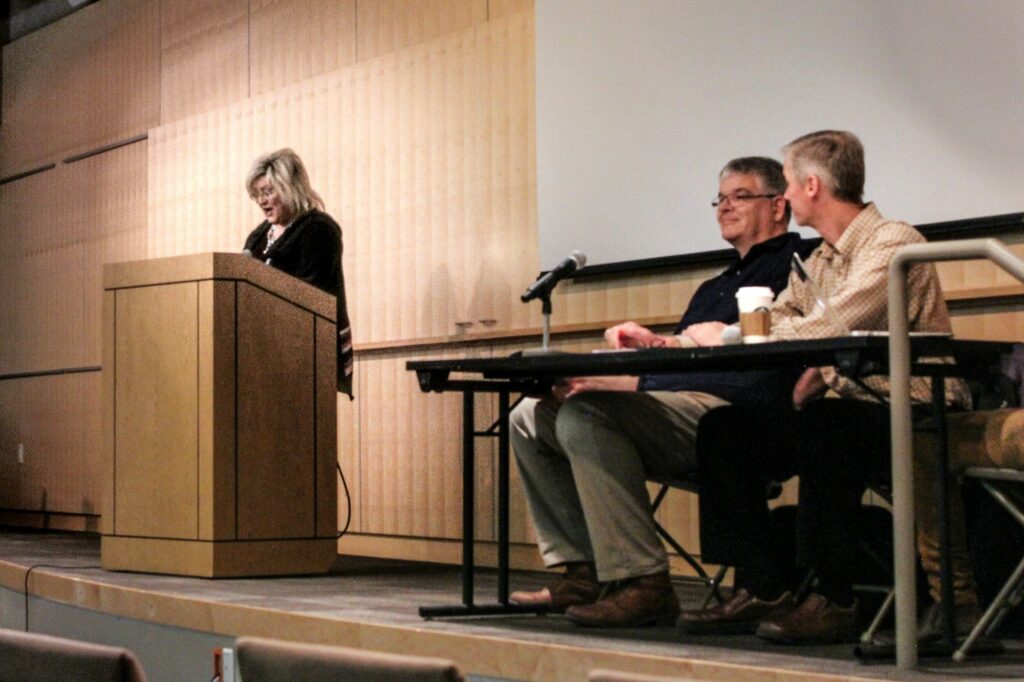
Weber State University hosted an event with the Friends of Great Salt Lake group designed to give individuals more information about the Promontory Landfill project on the shores of the Great Salt Lake.
In 2016, the Utah Legislature passed a bill approving the landfill, which would not receive hazardous waste. According to the Utah.gov website, the facility would be located on 2,000 acres owned by Promontory Point Resources. It would be one of the largest waste dumps in the nation.
The Feb. 6 discussion allowed the public to share their opinions throughout the course of the evening. Friends of Great Salt Lake board president Lynn DeFreitas was one audience member who didn’t agree with the bill.
“It’s in the wrong place, it’s for the wrong reasons, and we are against it,” DeFreitas said.
DeFreitas has served in her position since 2002. She said the Great Salt Lake generates 1.3 billion dollars annually for the state of Utah through resource development, and this landfill could disrupt that major economic source.
DeFreitas and her company are convinced the state can perform at a higher level when it comes to helping the economy.
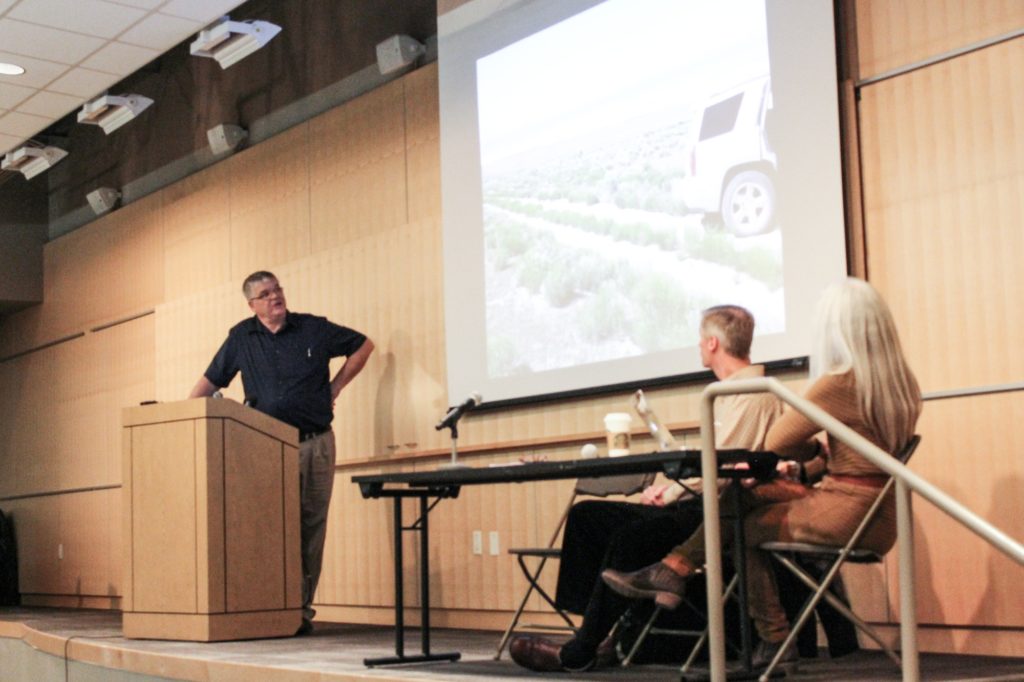
“I’m not quite sure we are putting our best foot forward as a state, inviting people to think about coming here for quality of life and economic livelihood by continuing to put land use like this to our landscape,” DeFeitas said.
A topic discussed multiple times throughout the evening was the worry about birds taking over the landfill. Carla Trentelman, a WSU professor who has studied natural resource sociology in the Great Salt Lake, said heavy metals contained in coal ash are dumped either on the landfill or in the lake, which creates a hazardous environment for birds.
“If pollutants blow out of the landfill area, the Great Salt Lake is this great catchment area,” Trentelman said. “When they first tested the mercury level (in the Great Salt Lake), they re-did it several times, because they knew it had to be a mistake. They had never seen mercury levels that high before.”
Trentelman spoke about the potential issue on the roads, due to the cluster of trucks transporting in each direction. She said this would be even more problematic because the area is not large to begin with.
“The traffic would also be a concern because it is a small, rural area,” Trentelman said. “Having that much truck traffic back and forth becomes a concern for them.”
WSU student Philip Sandgren attended the discussion, and examined both sides of the issue.
“If it does have any effects, then I hope we do not go any further with it,” Sandgren said. “But if it does not and we see other beneficial things that come from it, I see no reason not to go for it.”
Sandgren was pleased residents have studied the potential pros and cons of the landfill.
“I’m glad to see that people are doing their research to decide whether it is going to be dangerous to the population,” Sandgren said. “Whether or not we need one, that is typical for us to assess.”



